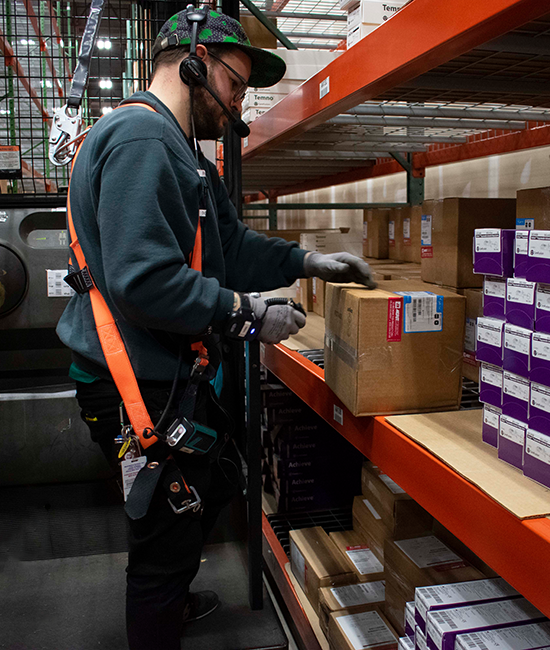Picking and packing operations in order fulfillment includes all of the processes associated with receiving orders, picking items from inventory, packing them in appropriate containers, and preparing them for shipment. Key to efficient and accurate picking and packing processes are strict inventory controls, software that can coordinate between the different steps, and the right people supplemented with the right technologies.
Whether your business focuses on a Just-In-Time or Just-In-Case fulfillment strategy, optimizing the pick and pack process is crucial to controlling costs and maximizing warehousing efficiencies.
The right picking and packing processes for your business will depend on your throughput and the size of your facilities and products. The most common processes include:
- Piece picking. Single orders are fulfilled one item at a time.
- Batch picking. Multiple orders are fulfilled at the same time so that the operator’s travel through the warehouse is minimized.
- Zone picking. Operators are assigned zones from where they pick items before sending an order to the next zone.
- Wave picking. Operators are assigned zones and pick items to fulfill batches of orders before sending the orders to the next zone.


